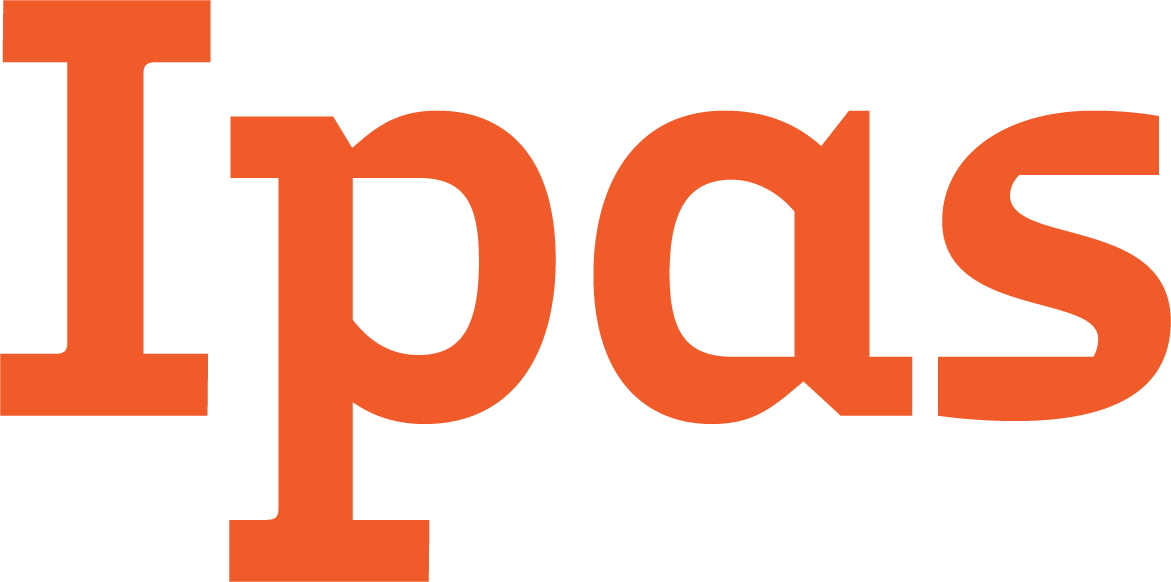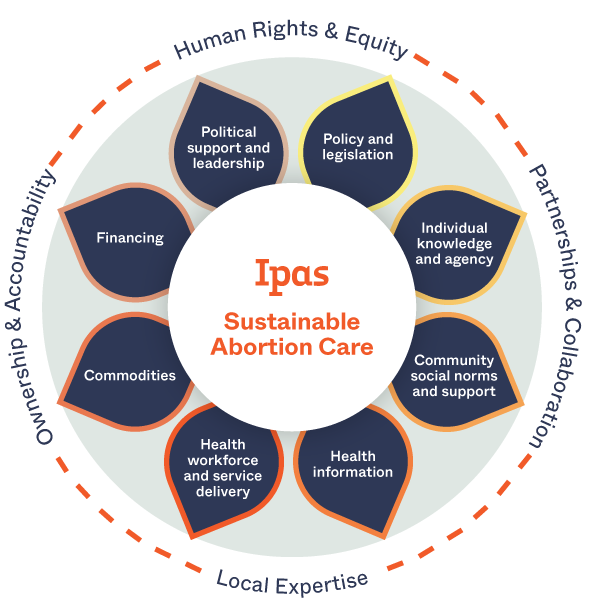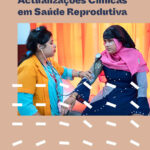
As Actualizações clínicas em saúde reprodutiva foram concebidas para fornecer ao pessoal do Ipas, formadores, parceiros e outros provedores de serviços de saúde acesso a recomendações actualizadas e baseadas na evidência. Em geral, as recomendações são as mesmas que aquelas na edição de 2012 do guia da Organização Mundial da Saúde titulado Abortamento seguro: orientação técnica e de políticas para sistemas de saúde, Segunda edição. Em casos excepcionais, as recomendações foram modificadas de acordo com os contextos em que trabalhamos. Além disso, se houver evidência mais actualizada para informar as recomendações, estas serão actualizadas aqui.
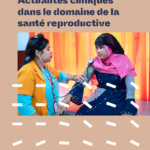
Actualités cliniques dans le domaine de la santé reproductive vise à permettre aux membres du personnel d’Ipas, aux formateurs, à nos partenaires et aux autres professionnels de santé d’avoir accès aux recommandations basées sur des éléments factuels les plus récentes.
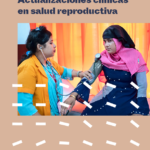
La publicación de Ipas titulada Actualizaciones clínicas en salud reproductiva contiene recomendaciones clínicas actualizadas, basadas en evidencia, sobre la atención integral del aborto, así como nuevos temas y recursos agregados con regularidad. Actualizaciones clínicas en salud reproductiva ofrece información concisa y fácil de leer sobre los servicios de aborto, y combina las evidencias más recientes con lecciones aprendidas de profesionales de la salud a nivel mundial para producir recomendaciones clínicas pertinentes.
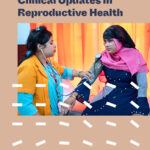
Clinical Updates in Reproductive Health (CURHs) are designed to provide Ipas staff, trainers, partners and other health-care providers with access to up-to-date, evidence-based recommendations. In general, the recommendations are the same as those in the World Health Organization's 2012 Safe Abortion: Technical and Policy Guidance for Health Systems, Second edition. In rare cases, the recommendations have been modified due to the settings where we work. In addition, if there is more current evidence to inform the recommendations, they will be updated here. Please note: Clinical Updates in Reproductive Health provides Ipas’s most up-to-date clinical guidance. Recommendations in this publication supersede any clinical guidance in Ipas curricula that differs from the guidance provided here.
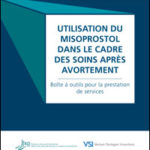
Cette boîte à outils est conçue pour aider les cliniciens, les gestionnaires d’établissements ou les gestionnaires de programmes au niveau du district ou au niveau national à initier l’utilisation du misoprostol comme traitement médical de l’avortement incomplet ou à intégrer le misoprostol dans les services de soins après avortement existants.
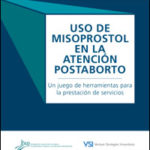
Este conjunto de herramientas está diseñado para ayudar a los médicos, administradores de instalaciones o administradores de programas a nivel distrital o nacional a iniciar el uso del misoprostol como tratamiento médico para el aborto incompleto o integrar el misoprostol en los servicios de atención postaborto existentes.
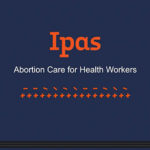
A set of abortion care videos designed to better train health care providers to improve their abortion care and help women safely self-manage their abortion using pills. There are 11 videos for health workers and 3 videos for women. These videos were filmed in facilities in Africa and Asia and are consistent with the latest WHO and Ipas clinical guidance.
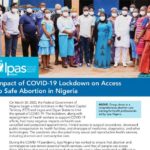
Sexual and reproductive health care is often neglected or difficult to access during a crisis, and this can in turn drive more people to seek unsafe abortions that risk their health and lives. For these reasons, Ipas Nigeria conducted a study to understand the impact of Nigeria’s COVID-19 lockdowns on access to safe abortion. Overall, study findings show that the lockdowns exacerbated the pandemic’s impact on women’s access to safe abortion services.

Le présent manuel est un ouvrage de référence destiné à toutes les personnes qui impartissent des cours de formation aux professionnels de santé qui dispensent l’ensemble des soins complets d’avortement centrés sur la femme, y compris des soins après avortement. Il comprend tous les enseignements ainsi que les matériaux didactiques nécessaires pour permettre aux participants de développer les connaissances et les compétences requises pour pratiquer des soins de qualité optimale.
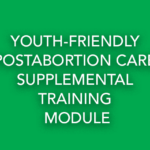
In 2006, the Youth-Friendly Task Force published technical guidance on youth-friendly postabortion care (YFPAC) with recommendations to improve the quality of and access to PAC services for adolescents. To complement the technical guidance on YFPAC and support the implementation of YFPAC, the PAC Consortium has developed this supplemental training module to train health care providers to provide YFPAC services to adolescents.
This factsheet shares the results of a national study by the Guttmacher Institute and Ipas, in collaboration with the Ethiopian Society of Obstetricians and Gynecologists and the Ethiopian Public Health Association, and in conjunction with Ethiopia’s Federal Ministry of Health.

This document gives a summary analysis of primary and secondary data documenting unsafe abortion and the impact of the criminalization of abortion on women’s lives and health and on health services in 5 Brazilian states: Mato Grosso do Sul, Rio de Janeiro, Bahía, Pernambuco, and Paraíba.
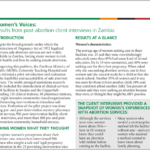
This is a fact sheet highlighting women’s perspectives on abortion care as part of operations research in Zambia.
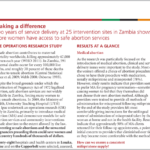
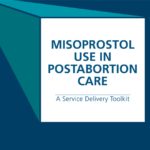
This toolkit is designed to help district or national-level clinicians, facility managers or program managers initiate the use of misoprostol as a medical treatment for incomplete abortion or integrate misoprostol into existing postabortion care services.
This is an adaptable trainers’ presentation to inform providers, advocates, government officials and colleagues of the updates in the Second edition of Safe abortion: technical and policy guidance for health systems. Fit with trainers’ notes, each slide can be used in entirety for a full training or individual slides for strategic updates.
This is an adaptable trainers’ presentation to inform providers, advocates, government officials and colleagues of the updates in the Second edition of Safe abortion: technical and policy guidance for health systems. Fit with trainers’ notes, each slide can be used in entirety for a full training or individual slides for strategic updates.
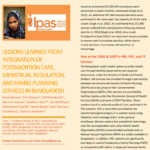
Lessons learned from integration of postabortion care, menstrual regulation, and family planning services in Bangladesh. This study recommended working toward improved post-procedure contraception delivery and evidence-based appropriate technology use for all procedures by improving collaboration and integration between Bangladesh’s Directorate General of Health Services (DGHS) and Directorate General of Family Planning (DGFP).
This study evaluates the implementation of misoprostol for postabortion care (MPAC) in two African countries, Kenya and Uganda. The Ministries of Health, local health centers and hospitals, and NGO staff developed evidence-based service delivery protocols to introduce MPAC in selected facilities; implementation extended from January 2009 to October 2010. RESULTS: In both countries, MPAC was easy to use, and freed up provider time and health facility resources traditionally necessary for provision of PAC with uterine aspiration. On-going support of providers following training ensured high quality of care. Providers perceived that many women preferred MPAC, as they avoided instrumentation of the uterus, hospital admission, cost, and stigma associated with abortion.
Guidance for postabortion care (PAC) is established for the first trimester but limited in the second trimester. Objective: To establish evidence-based recommendations for PAC in the second trimester. Conclusion: Misoprostol with or without mifepristone is an effective treatment for second-trimester PAC. The minimum misoprostol dose is 200 μg vaginally, sublingually, or buccally every 6–12 hours.
- 1
- 2
